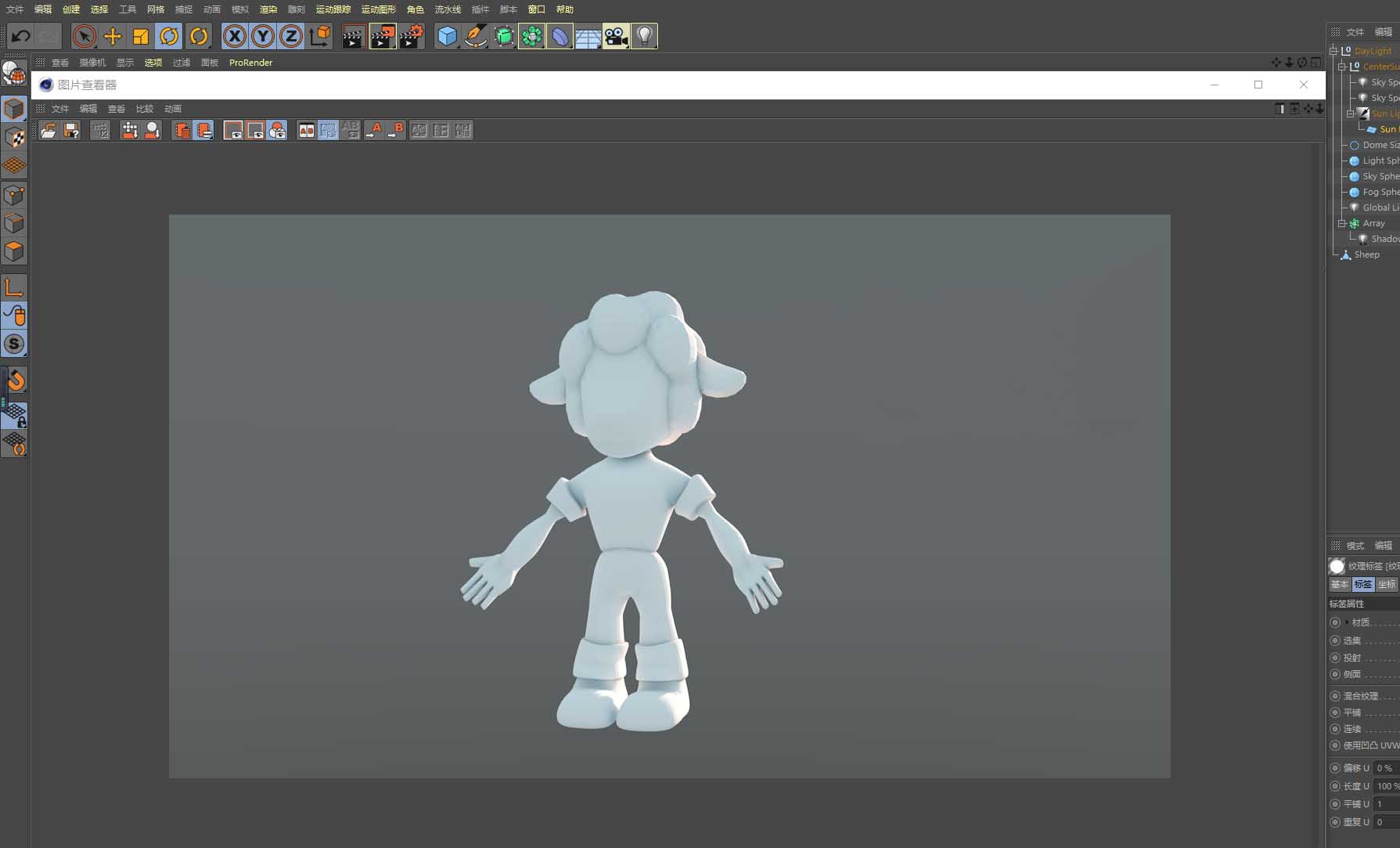

If you don’t enable this, the render texture maintains the same size regardless of the Dynamic Resolution A Camera setting that allows you to dynamically scale individual render targets, to reduce workload on the GPU. For more information about the SetRenderTarget functions, see Graphics.SetRenderTarget and .Ĭheck this box to let dynamic resolution scaling resize the render texture. Alternatively, choose which mip to render into when you call the various SetRenderTarget functions. If you don’t enable this, you’ll have to use the GenerateMips function to fill those mipmaps manually. The stencil buffer is a general purpose buffer that allows you to store an additional unsigned 8-bit integer (0–255) for each pixel drawn to the screen.Ĭheck this box to make the render texture generate mipmaps.Ĭheck this box to automatically fill the generated mipmaps with relevant data. You can select No depth buffer, At least 16 bits depth (no stencil), or At least 24 bits depth (with stencil). If you select None, Unity does not apply anti-aliasing.Įnable this checkbox to make Unity apply a compatible format to the render texture if the defined Color Format is not supported by the platform. You can select None, 2 samples, 4 samples, or 8 samples. You can only enter power-of-two values, such as 128 and 256. Pixel lighting is calculated at every screen pixel. Pixel size depends on your screen resolution. The size of the render texture in pixels The smallest unit in a computer image. The dimensionality (type) of the render texture. The Render Texture inspector displays the current contents of Render Texture in realtime and can be an invaluable debugging tool for effects that use render textures. The Render Texture Inspector is almost identical to the Texture Inspector More info See in Glossary is similar to the Texture Inspector. The Render Texture inspector A Unity window that displays information about the currently selected GameObject, asset or project settings, allowing you to inspect and edit the values. More info See in Glossary just like a regular Texture. Then you can use the Render Texture in a Material An asset that defines how a surface should be rendered. The output is either drawn to the screen or captured as a texture. To use a Render Texture, create a new Render Texture using Assets > Create > Render Texture and assign it to Target Texture in your Camera A component which creates an image of a particular viewpoint in your scene. More info See in Glossary that Unity creates and updates at run time. Textures are often applied to the surface of a mesh to give it visual detail. M圜amera.A Render Texture is a type of Texture An image used when rendering a GameObject, Sprite, or UI element. You can set the Output Target for a Camera in a script by setting the cameraOutput property of the Camera's Universal Additional Camera Data component, like this: myUniversalAdditionalCameraData.cameraOutput = CameraOutput.Texture The second Camera renders the Scene including the Render Texture to the screen. The first Camera renders its view to the Render Texture.

Place the Quad within the view of the new Base Camera. Its Render Mode defaults to Base, making it a Base Camera.

Set the Camera’s Output Target to Texture, and drag the Render Texture on to the Texture field.Ĭreate another Camera in your Scene. In the Inspector, scroll to the Output section. In the Scene view, drag the Material on to the Quad.Ĭreate a Camera in your Scene. In the Inspector, drag the Render Texture to the Material's Base Map field. Rendering to a Render Texture, and then rendering that Render Texture to the screenĬreate a Render Texture Asset in your Project using Assets > Create > Render Texture.Ĭreate a Material in your Project, and select it. For more information on Camera rendering order in URP, see Rendering order and overdraw. This ensures that the Render Textures are ready to render to the screen. In URP, all Cameras that render to Render Textures perform their render loops before all Cameras that render to the screen. If you have a Camera that is rendering to a Render Texture, you must have a second Camera that then renders that Render Texture to the screen. Rendering to a screen is the default and is the most common use case, but rendering to a Render Texture allows you to create effects such as CCTV camera monitors. In the Universal Render Pipeline (URP), a Camera can render to the screen or to a Render Texture.


 0 kommentar(er)
0 kommentar(er)
